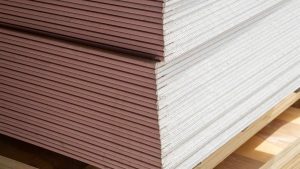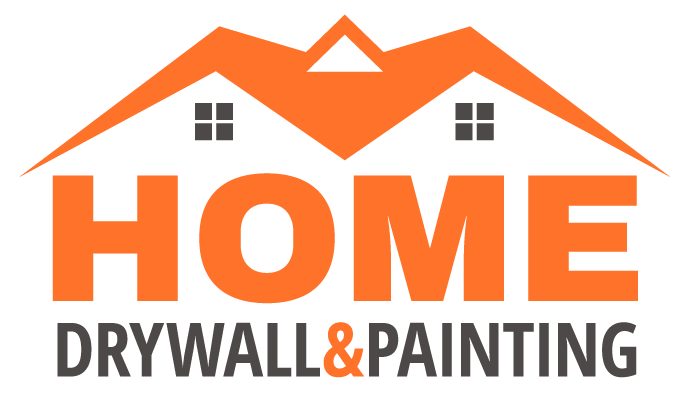 Finishing drywall is a great way to transform your home and give it a fresh look. It’s also an easy DIY project for those who are handy with tools, but if you don’t know what you’re doing then it might be best to call in the professionals. If you want to learn more about this process, here’s everything you need to know: Drywall Installation in Denver CO
Finishing drywall is a great way to transform your home and give it a fresh look. It’s also an easy DIY project for those who are handy with tools, but if you don’t know what you’re doing then it might be best to call in the professionals. If you want to learn more about this process, here’s everything you need to know: Drywall Installation in Denver CO
What is drywall finishing? Drywall Installation in Denver CO
Drywall finishing is the process of smoothing out the surface of drywall before painting it. This is especially important when you are covering up seams between sheets of drywall, as these rough edges can catch on your paint and ruin the appearance of your walls. Drywall finishing is something that takes time to learn, but you’ll get better at it the more you practice. It’s a skill that only the most experienced drywall finishers can do well, so if you’re looking for a job in this field, keep practicing until you feel confident enough in your abilities!
How do I prepare for my drywall finishing process? Drywall Installation in Denver CO
- Remove all furniture from the room.
- Remove all electrical cords, wires and lighting fixtures.
- Remove any window treatments such as blinds or curtains.
- Remove any doors or door frames: if they need to be reinstalled, be sure to use a level line when hanging them back up so that they are perfectly straight with each other and your walls.
- Make sure the room is clean before you begin working on it; pick up any dust or debris using damp cloths for hardwood floors, mopping for carpets and sweeping for tile floors if necessary.
- Make sure that your room is dry before you start priming it; if there are any small spots where moisture may have seeped through (for example after a leaky pipe), put down some plastic sheeting first before applying primer overtop so that it doesn’t cause issues later down the road! This will save time too because now there won’t need much touch-up work done later on down the road due to finishing mistakes made during application process itself.”
What happens during the drywall finishing process?
When you’re ready to finish your drywall, here’s what happens:
- Trim and texture. Once the whole house is drywalled, your carpenter will trim off any excess paper and sand down all of the joints with a random orbit sander. Then he or she will apply joint compound to fill in all of the gaps between sheets of drywall. Once that dries, he or she can use a sponge applicator or trowel to smooth out this first coat of joint compound; after it dries, another layer can be applied for better coverage. This process is repeated until you have as much coverage as possible—most pros recommend at least three coats per project. The final layer of joint compound will be smoothed out by hand so it’s nice and level with every other wall surface around it (this final step is called “booting”).
- Painting & sealing. After all that sanding and filling comes painting! In most cases we recommend using flat latex paint on drywall walls because it won’t chip away over time like oil-based paints tend to do when they’re used in high traffic areas like hallways or bathrooms (which are typically covered with tiles anyway). But if you really want some color on those walls then go ahead! Just remember that there are fewer choices available when choosing an interior paint color since most people prefer neutral tones rather than bright hues—and make sure whatever color choice doesn’t clash with any existing elements such as flooring materials etc.. If possible also try not going too dark because dark colors tend to make rooms seem smaller than they actually are which isn’t ideal unless space constraints require such drastic measures; sticking within lighter pastels
How do I know what type of drywall finish to choose?
First, consider the type of drywall finish that’s best for your home. In general, there are three types of drywall finishes available: semi-gloss, flat, and eggshell. Each can be oil-based or water-based. Oil-based paints tend to be thicker and more durable than their water-based counterparts; however, they can also cause damage if not properly applied or cleaned up after use (oil melts plastic). To help you narrow down your options further:
If you’re using traditional 2×4 framing (the most common framing technique), a flat or semi-gloss finish will stand out against bare walls better than an eggshell one would because it casts more shadow detail on the surface underneath it. If this isn’t something you want happening in your room (like when painting over wallpaper), then choose a different kind of paint instead!
If there will be heavy foot traffic throughout your home over time—think children running around everywhere—then go ahead and get yourself some extra protection with either an oil or latex based coating overtop whatever other material has been applied first. A local trusted drywall contractor can help with you deciding the type of drywall finish and drywall texture that is best for you. Contact Home Drywall and Construction in Denver CO for drywall installation.
What are the differences between smooth and textured finishes?
Smooth drywall finishes are easy to decorate, but they don’t hide imperfections in the walls. They’re also more difficult to patch, since there is no texture to anchor a screw or nail. Textured finishes hide imperfections in the wall and make it easier for you to fill holes or cracks with compound. This can be especially helpful if you plan on painting over your drywall instead of staining it.
Textured drywall finishes are also more forgiving of less-than-perfect walls because they offer more flexibility when covering up minor dings and dents in your drywall job. If you’ve got some wavy panels or other issues that just won’t go away, a textured finish will help smooth them out without much effort on your part—which means less work time down the road!
A smooth finish is easier to decorate, but a textured finish is more forgiving to imperfections in walls.
A smooth finish is easier to decorate, but a textured finish is more forgiving to imperfections in walls.
A smooth finish is easier to clean, but a textured finish hides imperfections in walls.
A smooth finish requires more time and effort to prepare, but it does not require as much scraping or sanding when you are done.
Conclusion
Drywall finishing is an important part of any home renovation project, but it can also be a stressful process. With the right tools and preparation, however, you can ensure that your drywall finish is smooth and seamless. If you’re looking for more information on how to finish your walls or want help choosing the right texture for your home, please reach out to one of our specialists today! Home Drywall and Construction in Denver CO can help with drywall installation, drywall repair, popcorn ceiling removal, and more drywall services! We are your trusted drywall contractor and look forward to helping you soon!
